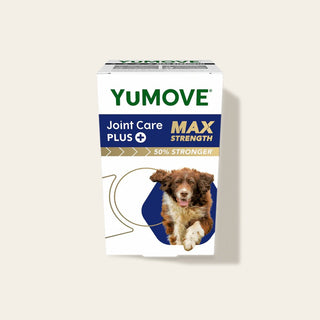

A beginner’s guide to horse grooming
When it comes to looking after your horse, regular grooming should be a key part of your routine. In this guide, you’ll discover how often you should groom your horse, the benefits of grooming, and some of our top tips to make sure everything goes smoothly – including their coat!
Why should you groom your horse?
Proper grooming is an important part of horse care. Not only does it improve the look of the coat, but it also provides lots of other benefits. For example, it gives you an opportunity to check your horse over for the likes of cuts, scratches, eye infections and remember to protect your horse from ticks. It also reduces the risk of skin problems like Thrush, and helps you bond with your horse.
How often should you brush your horse?
There’s no hard and fast rule, as it all depends on the individual horse. Lots of horse owners choose to groom once a week, while some groom before each ride – this removes any dirt before adding tack, keeping the horse comfortable and relaxed.
If your equine companion is an outdoor horse all year round, you’ll probably need to groom them less often. They have their own ways of natural grooming, like rolling in the mud, brushing against trees and fences and – if they’re part of a herd – scratching each other with their teeth.
How good nutrition helps your horse’s coat
You can feed the sheen with a nutritious diet. Like us, horses need a range of vitamins – especially Vitamins A, D and E – to keep them and their coat healthy. Deficiencies can alter the coat condition of your horse, so you’re likely to see a healthier coat when providing them with a balanced diet.
If you’re looking for some extra shine, oils like rapeseed, corn or linseed are perfect for the job. They contain tonnes of essential fatty acids which help to add some real gloss. If you’re unsure what treats you can give your horse, our guide on what horses can eat will help!
Our top horse-grooming tips
Follow our step-by-step horse grooming guide to keep your horse’s coat healthy and show-ready:
1. Secure your horse
Before you begin grooming, you’ll have to ensure your horse can’t wriggle or move around. Tying them to a beam or fence post should keep them in place – but always use a quick-release knot in case the horse pulls away. As an added safety measure, you should use some baling twine to create a safety rope. The twine can be easily broken if your horse makes a run for it!
2. Clean your horse’s hooves
The feet should be the first port of call in your horse’s grooming regime. To lift their leg, stand next to your horse, facing the opposite direction to them. Then lean into your horse. This will trigger them to lift up their leg so you can easily grab it.
With your hoof pick in hand, remove all debris from their foot. If they’re wearing a horseshoe, pick the inside to remove any pebbles and big pieces of dirt. If they’re bare-hoofed, just clean the area where the bottom of the hoof meets the edge.
3. Currycomb your horse
The currycomb – a short-toothed brush – is used to bring dirt to the surface of your horse’s skin. Curry your horse in a circular motion, or use short swift strokes. This loosens up excess hair and dirt which can easily be brushed off later. Don’t use a currycomb to brush the head, mane, tail and lower legs though, the comb's bristles are too harsh for these areas.
4. Brush off loose dirt
Now you’ve ‘freed’ all the dirt from your horse’s coat, you’ll need to brush it off. Grab their favourite dandy brush and use flicking motions in the areas you’ve just gone over with the comb.
5. Add some shine
A soft body brush will add shine and remove fine pieces of dirt. It’s also soothing to most horses, thanks to the gentler bristles – which means you can use it on your horse’s head and legs. Use long, broad strokes to smooth out the hair on their body. Opt for shorter strokes on their legs as they’re more delicate.
6. Sponge off the sensitive areas
Small, damp sponges are perfect for cleaning the eyes, ears, mouth and nose. This also gives you the perfect chance to check for any infections. The ears are super sensitive for some horses, so take extra care in this area.
Always use a separate sponge to wipe the dock and groin area. And be very gentle. As you can imagine, horses don’t like to be touched there that much.
7. Detangle the tail
A wide-toothed comb or detangling brush is the way to go for a smooth, flowing mane and tail. Begin by untangling the hair with your fingers first, before moving onto the brush or comb. Work on small sections, and gently hold the root of the hair as you comb through.
When you’re brushing the tail, we recommend that you stand to the side and lightly hold the tail toward you. This just means you’re nowhere near your horse’s kicking zone!
Our final top tip
Always brush in the direction of hair growth and slow down or stop completely when you notice any signs of discomfort. Your horse’s body language will change if they’re uncomfortable – think flattened ears, swishy tails and pawing the ground. Our blog on reading your horse’s body language will help you pick up on their mood.
Do you have any of your own grooming tips? Share your equine expertise on our Facebook and Instagram pages!




